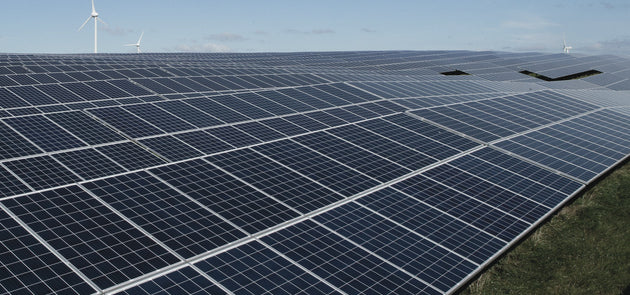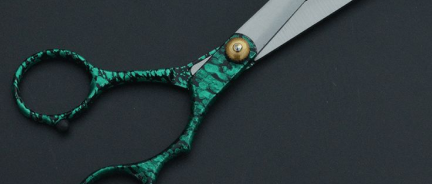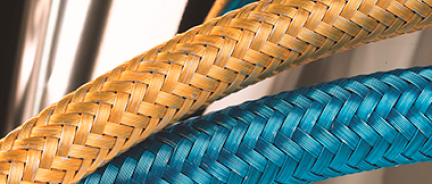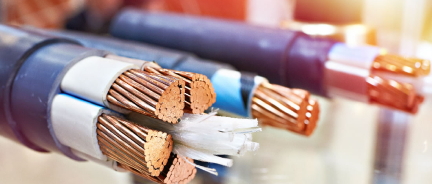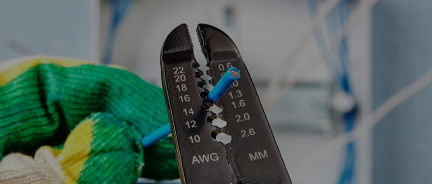Everything You Need to Know About Switchboard SIS Wire
What is SIS cable used for?
A switchboard, or SIS wire, is used in switchboards and panelboards of substations and switchgear. This is the primary application that gives it its name. Panelboard is basically a component of an electrical distribution system that sorts electrical power into circuits and protects them from an overload with the help of a circuit breaker. Two common types of panelboards are the ones responsible for lighting and appliances and the power ones. The name "SIS" stands for stranded insulated switchboard. In switchgear, the cables sized 12 AWG and larger are used because of the structure of the switchgear.
Properties of SIS Switchboard Wire
The voltage rating of the SIS wire is 600 volts. The cable has a flame-retardant XLPE cross-linked polyethylene insulation. The cable is flexible and resistant to oil, chemicals, and moisture.
SIS wire has a stranded tinned copper conductor for flexibility and increased resistance to corrosion. Switchboard wire with the bare copper conductor is also on the market, albeit rarely. The temperature rating of SIS wire is between 90°C and 125°C depending on the additional ratings the cable carries. The dominant color of the SIS Switchboard Wire is gray.
Is Sis Wire Tray Rated?
Switchboard wire is not a classical tray cable as it does not carry all ratings associated with tray cables. SIS is not a TC cable, according to NEC article 336. The cable also does not have ER rating or PLTC rating.
However, one thing that makes SIS wire similar to tray cable is the UL VW-1 vertical flame test rating. It means that the cable insulation is resistant to fire.
Why Would I Use Switchboard Wire Instead of THHN?
In switchgear, switchboard, and panelboard, SIS wire is more flexible than THHN, which would be too stiff in these applications.
Is SIS Wire The Same as XHHW?
SIS wire is not always the same as XHHW, but it can carry a double XHHW-2 rating, depending on the manufacturer. Switchboard wire often does have this rating, and its insulation, in this case, is identical to XHHW-2 insulation. Check the label and contact the manufacturer/seller to make sure your switchboard wire carries the desired rating.
Can SIS Wire Be Used in Conduit?
As a rule, default SIS wire is not used in conduit because it is not mentioned in article 310 of the National Electric Code that deals with conduit. However, the switchboard wire with an XHHW-2 rating is clear to use in raceways and conduits. SIS wire with XHHW-2 rating meets the requirements of 310.13 of the NEC.






